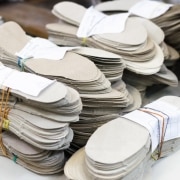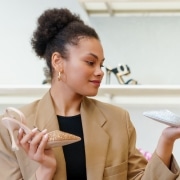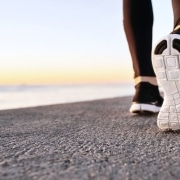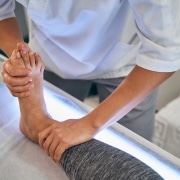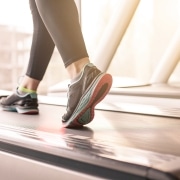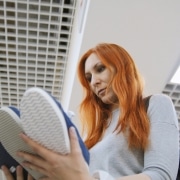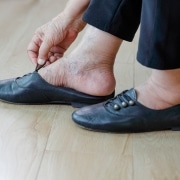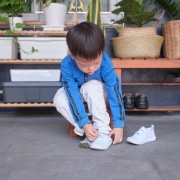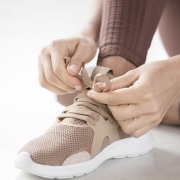Should I Wear Over-the-Counter Shoe Inserts?
If you have foot discomfort, you may be tempted to pick up a pair of over-the-counter shoe inserts. These inserts are available at most drugstores. But foot discomfort indicates that you likely have some kind of foot problem that should be seen by a podiatrist. And these types of inserts may cause more harm than good.
One-Size-Fits-All Over-the-Counter Shoe Inserts
The biggest problem with over-the-counter shoe inserts is that they are mostly one-size-fits-all. You won’t get a customized fit simply from trimming down a pair of drugstore inserts and sipping them into your shoes.
Temporary Relief
Drugstore shoe inserts may feel great when you first use them. It may seem like they have truly solved your foot discomfort. But the relief will be temporary if you have a serious foot problem. Serious feet issues can’t be solved with a little bit of extra foam in your soles, as your Austin, TX podiatrist can tell you. You’re much better off getting professional help that will treat the underlying problem of your foot pain.
Exacerbating a Serious Condition
Your foot pain may even be causing you to have pain in other areas of your body. As you may know, the skeletal system is all connected. So if you have certain kinds of foot discomfort, the way you walk and stand to relief that discomfort can cause an imbalance that negatively impacts other joints and muscles. In short, wearing cheap shoe inserts to relieve foot discomfort could actually make a condition worse.
Visit your podiatrist in Austin, TX whenever you have any kind of foot discomfort that’s making you consider shoe inserts. That way, you’ll be sure to address any underlying condition. You’ll get treatment that will keep your feet, and the rest of your body, pain-free. Contact us today to book your appointment.



